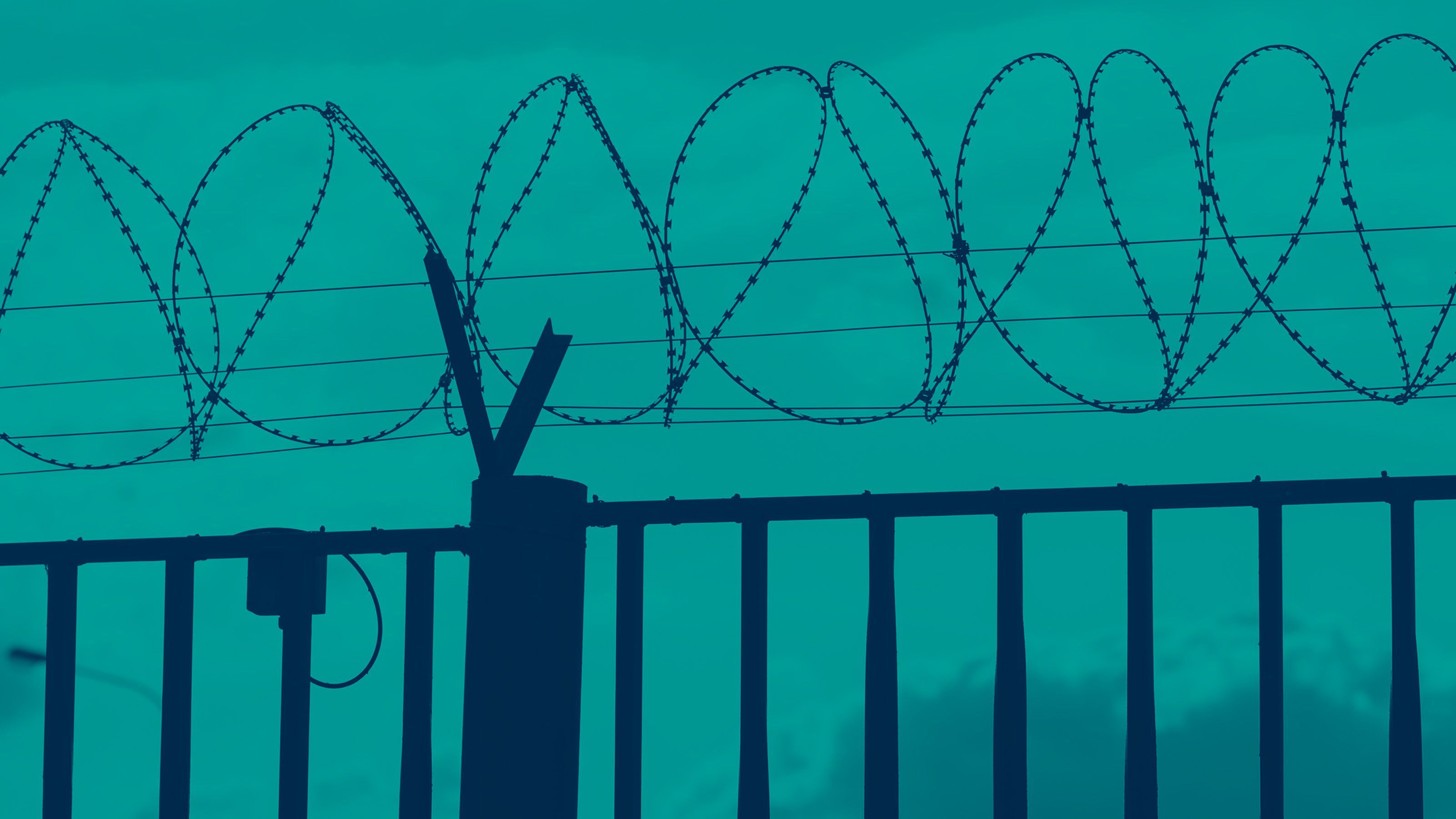Registration
You will receive an email confirming your registration.
The evolving political situation in Bangladesh has implications for its multifaceted relationship with India. India is Bangladesh’s largest trading partner in South Asia, and trade and investment in Bangladesh stand at a critical juncture due to operations being prone to disruption at this time. Further, the fate of crucial negotiations such as the Free Trade Agreement and the Framework Agreement for Development Partnership requires clarity. It is necessary to map the interests and risks identified by the stakeholders in India-Bangladesh economic ties, and the efforts at risk mitigation. Are investment priorities for India likely to change given the political situation in Bangladesh? What are the steps being charted to mitigate risks for investors and stakeholders? What are the foreseeable consequences on India-Bangladesh economic relations in the short and medium term?
Carnegie India hosted a private roundtable discussion on India-Bangladesh economic relations. The discussion was moderated by Rudra Chaudhuri.
DISCUSSION HIGHLIGHTS
The Past and Present of India-Bangladesh Economic Ties: Bangladesh’s former prime minister Sheikh Hasina’s tenure was largely marked by economic growth, relative political stability, and a reliable partnership with New Delhi. The two countries actively collaborated on trade and transit routes, people-to-people ties, and tackling insurgents, thus building interdependencies across various sectors. However, in recent years, the pandemic coupled with global instabilities and additional domestic political disturbances led to rising inflation, depleting foreign exchange reserves, and rising unemployment. This was further exasperated by the change in quota rules issued by the government and thus the overall economic distress fueled nationwide protests. A regime change and the installation of a caretaker government marked the culmination of these protests in 2024. The country is thereby witnessing a “transition phase” leading to anxiety among foreign investors. An initial challenge for Indian industries operating in Bangladesh was the expatriation of workers, although overall operations were largely undisturbed except for minor communication concerns with the government. Participants discussed that the uncertain future has halted prospects for future investments and expansion in Bangladesh. It was noted that non-Indian companies have not been adversely impacted yet, however, tolerance for geopolitical disruptions and risks is generally higher within Indian companies than that of their non-India counterparts.
Geopolitical Dynamics: Participants discussed China’s perception on Bangladesh’s political flux. China’s observance of regime neutrality and lack of historical baggage—the absence of a common border or the threat of infiltration—have allowed it an advantage in the current scenario. Bangladesh’s political scale factors China and India as diametrically opposed. Thereby, within the realm of competitive politics, participants examined the viability of Chinese ambitions for import substitution in the textile industry and global supply chains of raw materials. However, it is improbable due to India’s longstanding association with Bangladesh. Participants also discussed the role of other players contributing to Bangladesh’s financial architecture. For instance, the capital accrued through Foreign Direct Investments (FDI) by South Korea, Australia, Japan, and the United States could lose velocity resulting in a significant liquidity problem. The new government could potentially “open up” its infrastructure projects to international bidders or end up heavily depending on neighbor ports in Malaysia or Colombo. The future of multilateral and bilateral projects like the Matarbari Port and the Chattogram Port remain uncertain. Participants recognized the likely caution exercised by countries like Japan for an expansion of investments in the future as it is already a significant funder for these projects.
The Way Forward: Participants looked towards charting a territory for the future of India-Bangladesh economic ties. Amid turbulence and an ambiguity of power structure in Dhaka, there was concurrence to follow the “wait and watch” model in the short term. There is a realization of Bangladesh’s importance amongst Indian business players; therefore, India must deal positively with any leadership. An immediate concern, however, is of the dwindling foreign exchange reserves impacting national banking; thus, the streamlining of payments must be prioritized by Indian industrialists and the government. Participants pondered policy recommendations for New Delhi including support for Muhammad Yunus, extending lines of credit to build confidence within the system, and building a mechanism to send back expatriates. However, these recommendations must be carefully calibrated by the political leadership. It is critical to note that economic pragmatism and the indispensability of such close bilateral relations shall prevail between India and Bangladesh.
